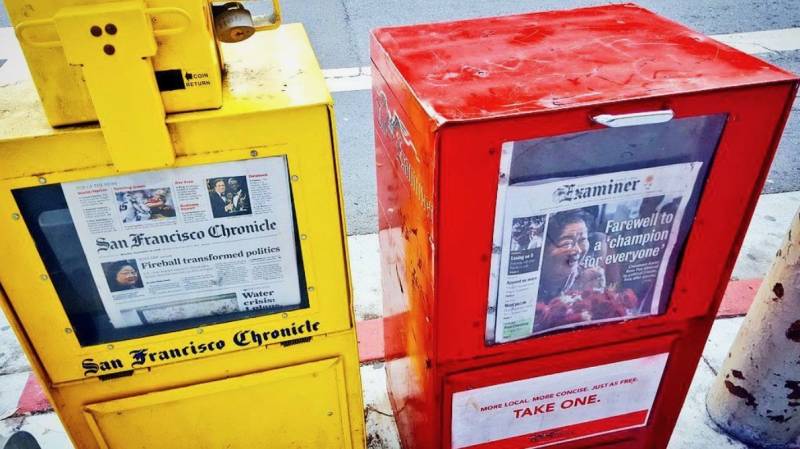On Tuesday, all staffers at the San Francisco Examiner and SF Weekly were notified that they’ll be taking a 40 percent cut in hours and salary, even though more people are reading their stories. In fact, on a single day in March, the number of pageviews for the Examiner was 6,000 times higher than normal.
But more page views hasn’t translated into more money for reporters, especially because local businesses, strapped for cash, are pulling back their advertising.
Devin Katayama spoke with Joe Fitzgerald Rodriguez, a reporter and columnist with the Examiner.
How He Found Out About The Pay Cuts
I was on the phone, actually, with a reporter who was asking me for job advice. I do my best to talk to other reporters, especially student reporters, as they come up. I’ve made myself very available.
And so this was a younger reporter who was making a choice between a few job offers, and they were juggling three job offers at great places. And I’m so happy for them, like “You’re doing great! Good! You’re achieving!”
Then, I get a text message from my editor going, “Hey, we have an emergency meeting about what’s happening with us right now. And you have to go. You have to. You have to call in.”
